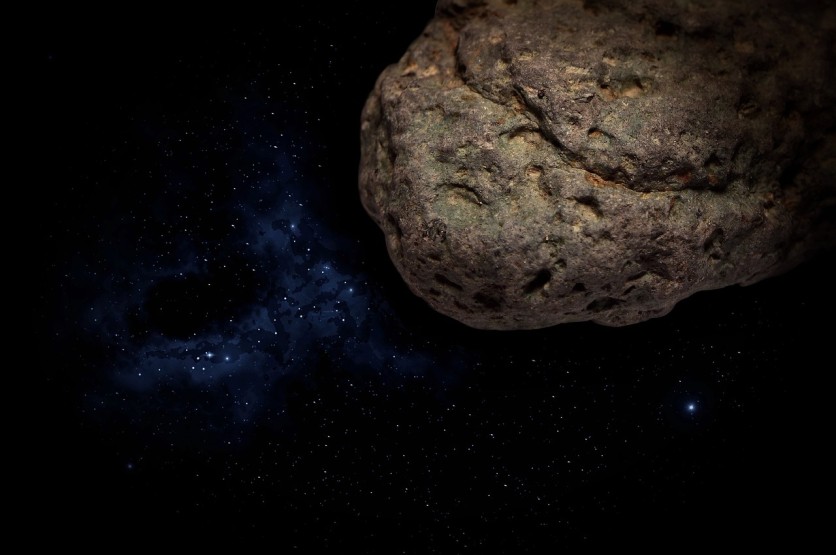
NASA will lay out a plan to destroy asteroid Bennu, an enormous space rock comparable to the size of the Empire State Building.
According to astronomers, this can threaten the life of humans if it hits the Earth.
Destroying Big Bennu
Drawing inspiration from Hollywood's "Armageddon" as Interesting Engineering describes, NASA's OSIRIS-REx mission sets out to protect Earth from a catastrophic asteroid collision.
While reality doesn't always mirror the big screen, the space agency's efforts to safeguard our planet from asteroid hazards are nothing short of cinematic, epitomized by the Double Asteroid Redirection Test (DART) mission.
Bennu's Deadly Trajectory is An Astronomical Concern
Scientists have been closely tracking Bennu, which swings near Earth every six years. The real cause for concern arises from the grim possibility that, on September 24, 2182, Bennu could collide with Earth with a force equivalent to 22 atomic bombs. Although the odds of such a cataclysmic impact are estimated at 1 in 2,700, NASA is leaving nothing to chance.
It's important to assess the size of the approaching asteroid. It might not be as big as the asteroid that erased the dinosaurs during the prehistoric period, it's a colossal rock that left a huge damage on the planet.
A direct hit from Bennu could carve out a six-mile-wide crater and unleash destruction across a 600-mile radius.
Related Article : Dimorphos, the Asteroid Hit by NASA's DART Mission is Behaving Erratically—Is It Good or Bad?
OSIRIS-REx Mission
In preparation for a possible asteroid deflection mission, NASA launched the OSIRIS-REx spacecraft seven years ago. Its primary mission is to collect samples from Bennu to unlock the asteroid's mysteries. These samples hold the key to understanding and averting potential catastrophes.
In October 2020, the OSIRIS-REx spacecraft achieved a historic feat, making a controlled touchdown on Bennu's surface and gathering approximately 8.8 ounces (250 grams) of precious rocky material. This milestone marked NASA's first-ever asteroid sample collection and the largest space sample retrieval to date.
Bennu's Return
After years of meticulous planning, the OSIRIS-REx mission is approaching its climax.
On September 24, the spacecraft will release a capsule containing the invaluable Bennu samples. This capsule, resembling a mini-fridge, will re-enter Earth's atmosphere at a staggering speed of nearly 28,000 mph, enduring temperatures twice as hot as lava.
Multiple parachutes will deploy, decelerating the capsule to a manageable 11 mph. The target landing zone is the Utah Test and Training Range, southwest of Salt Lake City.
A dedicated recovery team will swiftly retrieve the capsule, ensuring the preservation of the samples, uncontaminated by Earth's environment.
While the primary mission aims to protect Earth, the Bennu samples also offer a remarkable scientific opportunity. These pristine fragments from asteroid Bennu could provide invaluable insights into the formation of our solar system, dating back approximately 4.5 billion years.
Bennu, though just a solitary rock in the cosmos, stands as a vital bridge to our past and a guiding light for scientific exploration.

ⓒ 2025 TECHTIMES.com All rights reserved. Do not reproduce without permission.




